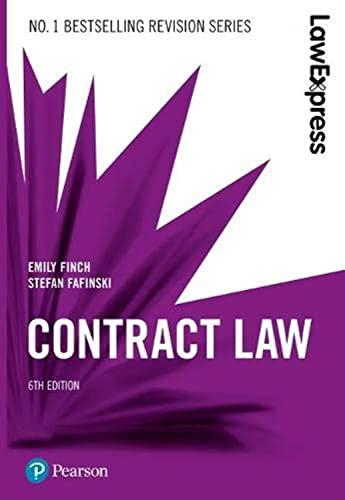Question
After reading the case study Fast Fashion, Please suggest and advise me of one-page memo articulating the decision to a specific problem and providing reasons
After reading the case study "Fast Fashion," Please suggest and advise me of one-page memo articulating the decision to a specific problem and providing reasons in defense of that decision.
At one point in The Great Gatsby, Gatsby explained to Daisy and Nick that he had a man who sent him new clothes each season, spring and fall. He then started pulling shirts out of a cabinet and tossing them on a table, "shirts of sheer linen and thick silk and fine flannel, which lost their folds as they fell and covered the table in many-colored disarray....[H]e brought more and the soft rich heap mounted highershirts with stripes and scrolls and plaids in coral and apple-green and lavender and faint orange, and monograms of Indian blue." Daisy suddenly buried her face in the pile of shirts and sobbed, "They're such beautiful shirts."
This memorable scene captures a common fantasy about what unlimited wealth would mean: to have so many fine clothes, one couldn't wear them all in a lifetime. Catering to this daydream the fast fashion industry seeks to make Daisy's tearful swoon come true for many people of humbler means than Gatsby.
The approach to fashion called "fast fashion" has compressed the buying cycle for clothing by increasing the number of buying seasons from Gatsby's two (spring and fall) to as many as eight or nine per year. At fast-fashion stores like Zara's, Forever21, and H&M, one can expect a new line of clothing to appear every six weeks. And these new clothes are both trendy and affordable. With such rapid turnover of inventory, some retailers have cut costs by shifting advertising dollars away from media to in-store promotions. This has the added benefit of forcing customers to physically enter the stores more frequently to keep up with new lines of clothing as they arrive.
In order to compress the buying cycle, the fast-fashion concept requires producers to both compress the production cycle and to keep prices low. Accordingly, producers seek out the cheapest materials and labor as well as seeking the most efficient means of distribution.
The results seem to be a win for all players: manufacturers, retailers, and customers alike. Countries like China, Bangladesh, and India provide an enormous number of textiles as well as ready-made garments for export.
There are, of course, downsides to fast fashion. Retailers dispose of unsold inventories and customers clean out their closets. Fast fashions, however, are neither sturdy nor timeless, so they tend not to find their way into any secondhand markets. According to Elizabeth Cline, in an article in The Atlantic, "Where Does Discarded Clothing Go?(Links to an external site.)
" Americans send 10.5 million tons of clothing to landfills every year because many of these fast-fashion clothes are made of synthetic materials that can't be recycled. The production process involves dyes and caustic chemicals that pollute the environment. And, most obviously, the ready and cheap access to ephemeral fashions pushes us to buy and discard at ever-increasing rates.
Step by Step Solution
There are 3 Steps involved in it
Step: 1

Get Instant Access to Expert-Tailored Solutions
See step-by-step solutions with expert insights and AI powered tools for academic success
Step: 2

Step: 3

Ace Your Homework with AI
Get the answers you need in no time with our AI-driven, step-by-step assistance
Get Started


